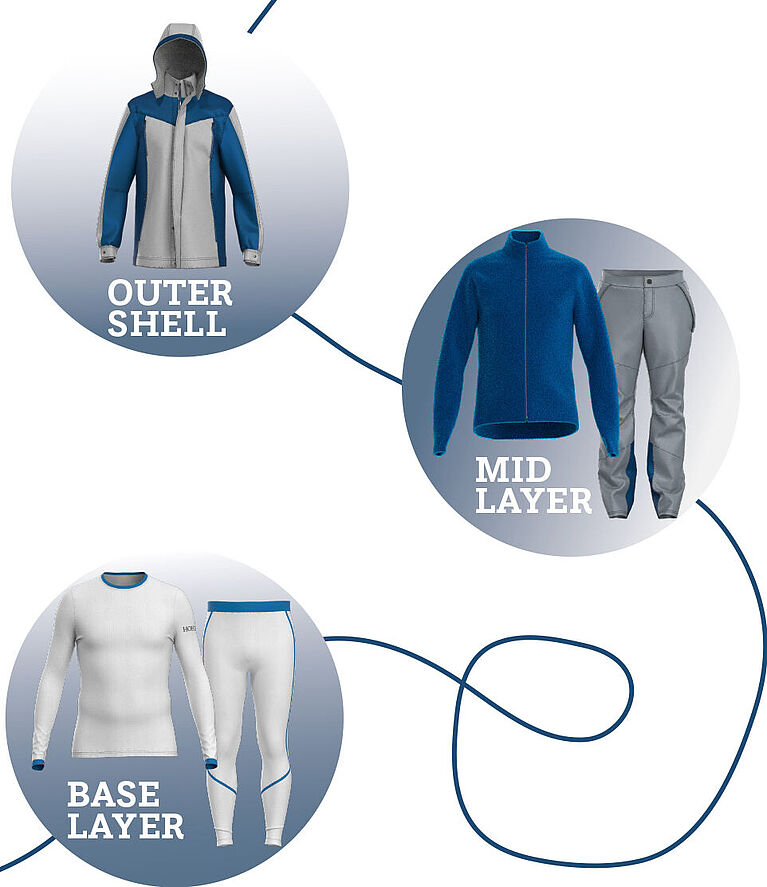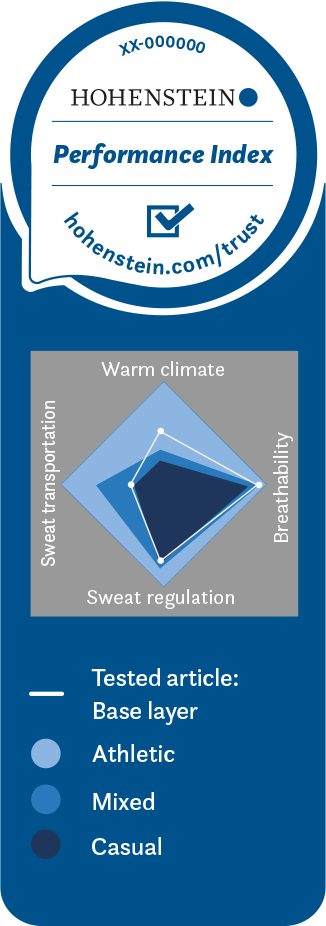The thermoregulation model of human skin (or skin model) is a measuring device that simulates both dry and sweating human skin. The skin model is used to determine material-specific, thermophysiological parameters of textiles as a surface material (according to DIN EN ISO 11092).
When determining the water vapor transmission resistance (breathability), we describe the wearing condition in which there is a constant flow of moisture from the wearer's body to the environment, over time. Moisture is released from the skin in the form of water vapor. However, similar to thermal insulation, the breathability of a textile depends on the thickness of the textile. Therefore, the water vapor transmission index puts breathability and thermal insulation in relation to each other, so that a statement can be made about the water vapor transport capacity of the textile, independent of the material thickness.


